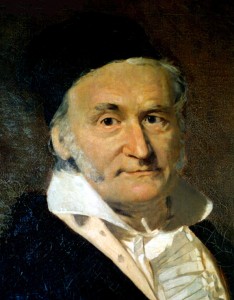There is no solution manual to the FYS1120 (electromagnetism) weekly assignments, so we tought it was a good idea to start posting suggestions to answers here with the aim that other students at fys1120 can crosscheck their answers somewhere and eventually if they don’t agree or just want to know how the answers was obtained start a discussion about them in the comments.
We’ll try to start a system so that if others want to submit suggestions before we’ve manged to post them, they can.

